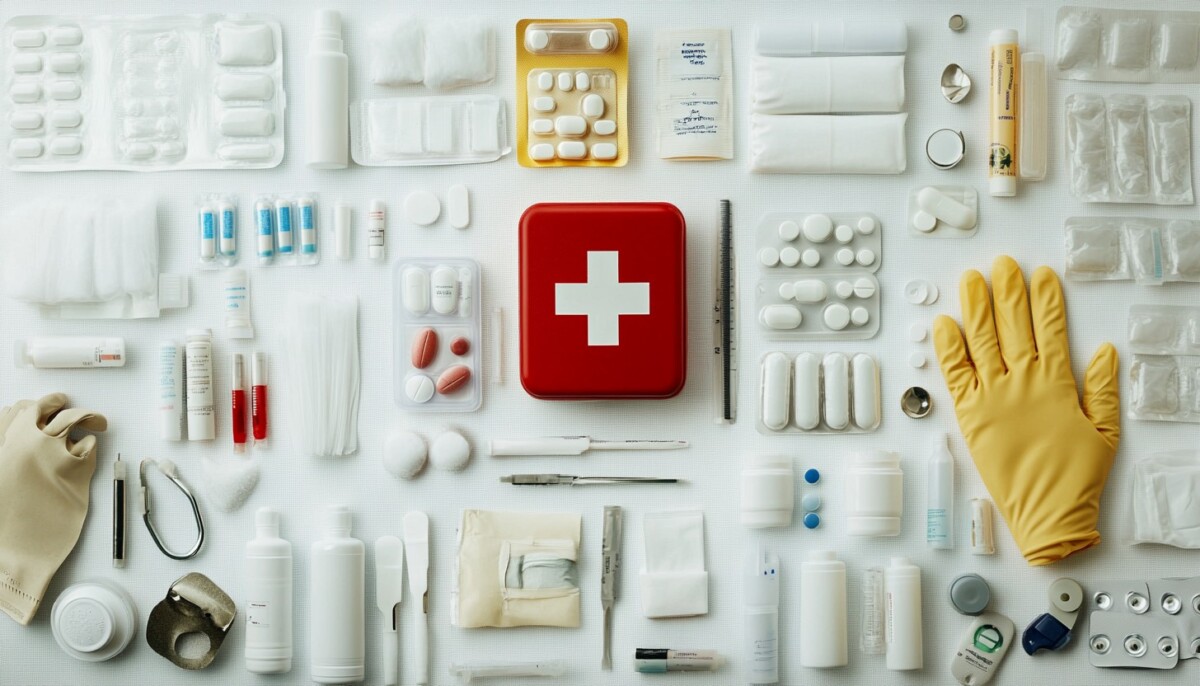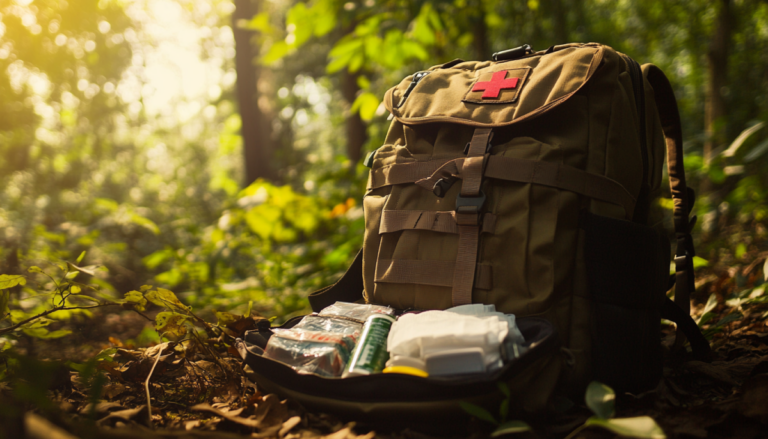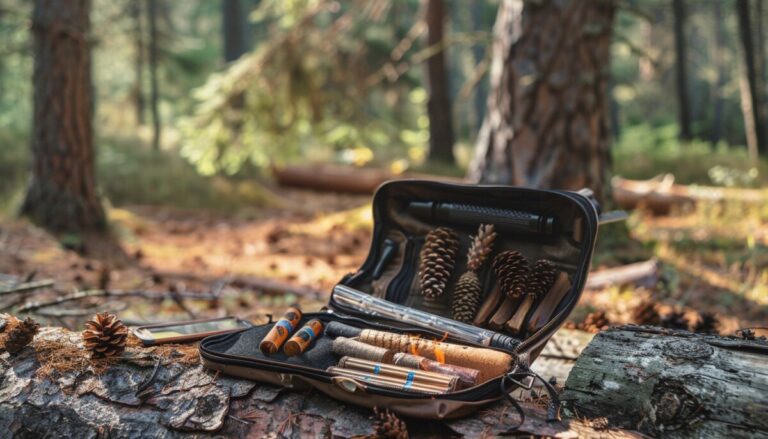Essential Items for Your First Aid Kit: Be Prepared for Any Emergency
First aid kits are essential tools that can help you handle medical emergencies before professional help arrives. Whether you’re at home, work or outdoors, having a well-stocked first aid kit nearby can make all the difference in an emergency situation. In this blog post, we will discuss the essential items to include in your first aid kit and how to build, customize, and maintain it.
Introduction to First Aid Kits
A first aid kit is a collection of supplies and equipment that can be used to provide immediate medical attention to someone who has been injured or fallen ill. It should contain basic life support equipment such as bandages, gauze pads, tape, scissors, tweezers, gloves, antiseptic wipes, and pain relievers. These items can help stabilize a patient until they receive professional medical care.
Essential Items for Your First Aid Kit
Here are some essential items that every first aid kit should have:
- Bandages – Different sizes of sterile adhesive bandages, including knuckle, fingertip, and large ones.
- Gauze pads – Sterile dressings made from cotton or other materials that absorb blood and fluids.
- Tape – Adhesive tape to secure bandages and gauze pads in place.
- Scissors – Sharp and durable scissors to cut through clothing and remove splinters.
- Tweezers – Small, pointed instruments to pluck out foreign objects like splinters or thorns.
- Antiseptic wipes – Pre-moistened wipes with disinfectant to clean wounds and prevent infection.
- Gloves – Latex or non-latex disposable gloves to protect against contamination.
- Pain relievers – Acetaminophen or ibuprofen tablets to alleviate pain and reduce fever.
- Allergy medication – Antihistamines to treat allergic reactions caused by insect bites or stings.
Building a Basic First Aid Kit
To build a basic first aid kit, start with these essentials and add any additional items based on your needs and preferences. For example, if you live in an area prone to earthquakes, you may want to include a flashlight and extra batteries in your kit. If you have children, you might want to include pediatric Tylenol or Benadryl. Here’s what a basic first aid kit could look like:
Basic First Aid Kit Contents:
- 20 adhesive bandages (assorted sizes)
- 4 sterile gauze pads (dressings)
- 1 roll of adhesive tape
- 1 pair of sharp scissors
- 1 pair of tweezers
- 1 antiseptic wipe packet
- 1 bottle of hand sanitizer
- 1 thermometer
- 1 instant cold pack
- 1 CPR mouth barrier mask
Customizing Your First Aid Kit
Once you have built a basic first aid kit, consider adding more specialized items depending on your lifestyle and activities. For instance, if you enjoy hiking or camping, you may want to include a snake bite kit or insect repellent. If you travel frequently, you may want to include a travel-size version of your first aid kit in your luggage. Remember to check expiration dates regularly and replace any expired items promptly.
Maintaining Your First Aid Kit
It’s important to keep your first aid kit organized and easily accessible so that you can quickly find what you need during an emergency. Check your kit periodically to ensure that everything is stocked and up-to-date. Consider storing your kit in a waterproof container or bag to protect its contents from moisture damage. Finally, remember to dispose of any used or expired items properly and replace them with new ones.
Conclusion
Having a well-prepared first aid kit can give you peace of mind knowing that you are equipped to handle most common medical emergencies. By following our tips on building, customizing, and maintaining your first aid kit, you can feel confident that you are ready for anything.





One Comment
Comments are closed.